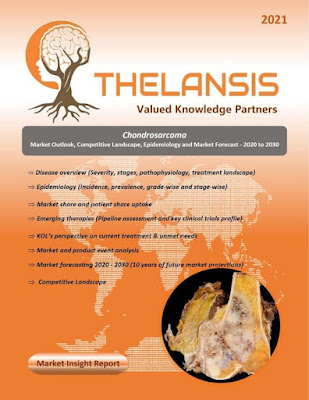Complement Deficiencies (CD) – Market Outlook, Epidemiology, Competitive Landscape, and Market Forecast Report – 2023 To 2033
Complement Deficiencies (CD) cause susceptibility not only to bacterial infection but also to autoimmune disease. Genetically determined MBL deficiencies are observed in autoimmune diseases such as systemic lupus erythematosus (SLE) and rheumatoid arthritis (RA). Observation of the low concentrations of MBL and other complement proteins (e.g. C1q, C1r, C4) and poor activation of the complement system are also characteristic findings of inactive SLE. Complement activation almost inevitably results in some degree of tissue destruction, as seen in rheumatic diseases such as SLE, RA, vasculitis, and antiphospholipid antibody syndrome. Interest in complement in inflammatory disease has led to the development of pharmacologic complement inhibitors such as eculizumab, a humanized monoclonal anti-C5 antibody approved for paroxysmal nocturnal hemoglobinuria. Inflammatory conditions also result from hereditary or acquired deficiencies of complement regulatory proteins. For example, deficiency of the C1q inhibitor protein leads to undue complement activity under metabolic stress and the development of intermittent and potentially life-threatening angioedema.
·
In the USA the estimated C2 deficiency is the
most common complement deficiency with frequency estimates of 0.5 to 1 in
10,000 for homozygous C2-deficient patients. Complement deficiencies cause
susceptibility not only to bacterial infection but also to autoimmune disease.
Patients with specific complement deficiencies are especially prone to SLE;
lupus develops in approximately 90% of C1q-null, 75% of C4-null, and up to 30%
of C2-null individuals.
Thelansis’s
“Complement Deficiencies (CD) Market Outlook, Epidemiology, Competitive
Landscape, and Market Forecast Report – 2023 To 2033" covers disease
overview, epidemiology, drug utilization, prescription share analysis,
competitive landscape, clinical practice, regulatory landscape, patient share,
market uptake, market forecast, and key market insights under the potential Complement
Deficiencies (CD) treatment modalities options for eight major markets (USA,
Germany, France, Italy, Spain, UK, Japan, and China).
KOLs insights of Complement
Deficiencies (CD) across 8 MM market from the centre of Excellence/ Public/
Private hospitals participated in the study. Insights around current treatment
landscape, epidemiology, clinical characteristics, future treatment paradigm,
and Unmet needs.
Complement
Deficiencies (CD) Market Forecast Patient Based Forecast Model (MS.
Excel Based Automated Dashboard), which Data Inputs with sourcing, Market
Event, and Product Event, Country specific Forecast Model, Market uptake and
patient share uptake, Attribute Analysis, Analog Analysis, Disease burden, and
pricing scenario, Summary, and Insights.
Thelansis Competitive Intelligence (CI) practice
has been established based on a deep understanding of the pharma/biotech
business environment to provide an optimized support system to all levels of
the decision-making process. It enables business leaders in forward-thinking
and proactive decision-making. Thelansis supports scientific and commercial
teams in seamless CI support by creating an AI/ ML-based technology-driven
platform that manages the data flow from primary and secondary sources.
Tags: Complement
Deficiencies (CD), Complement Deficiencies (CD) market
outlook, Complement Deficiencies (CD) competitive
landscape, Complement Deficiencies (CD) market
forecast, Thelansis, Primary market research, KOL insights, Competitive
Intelligence (CI)



Comments
Post a Comment